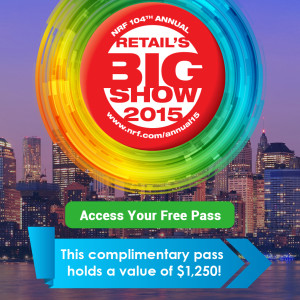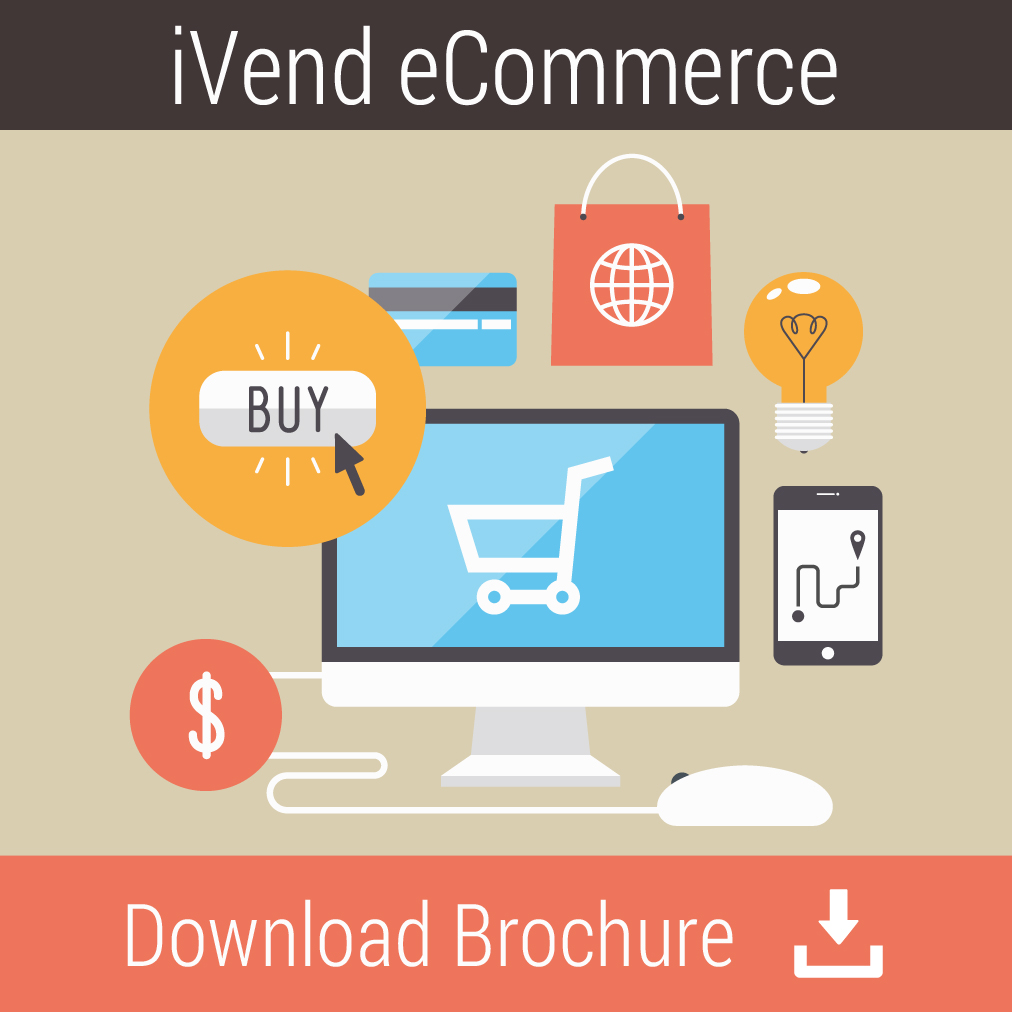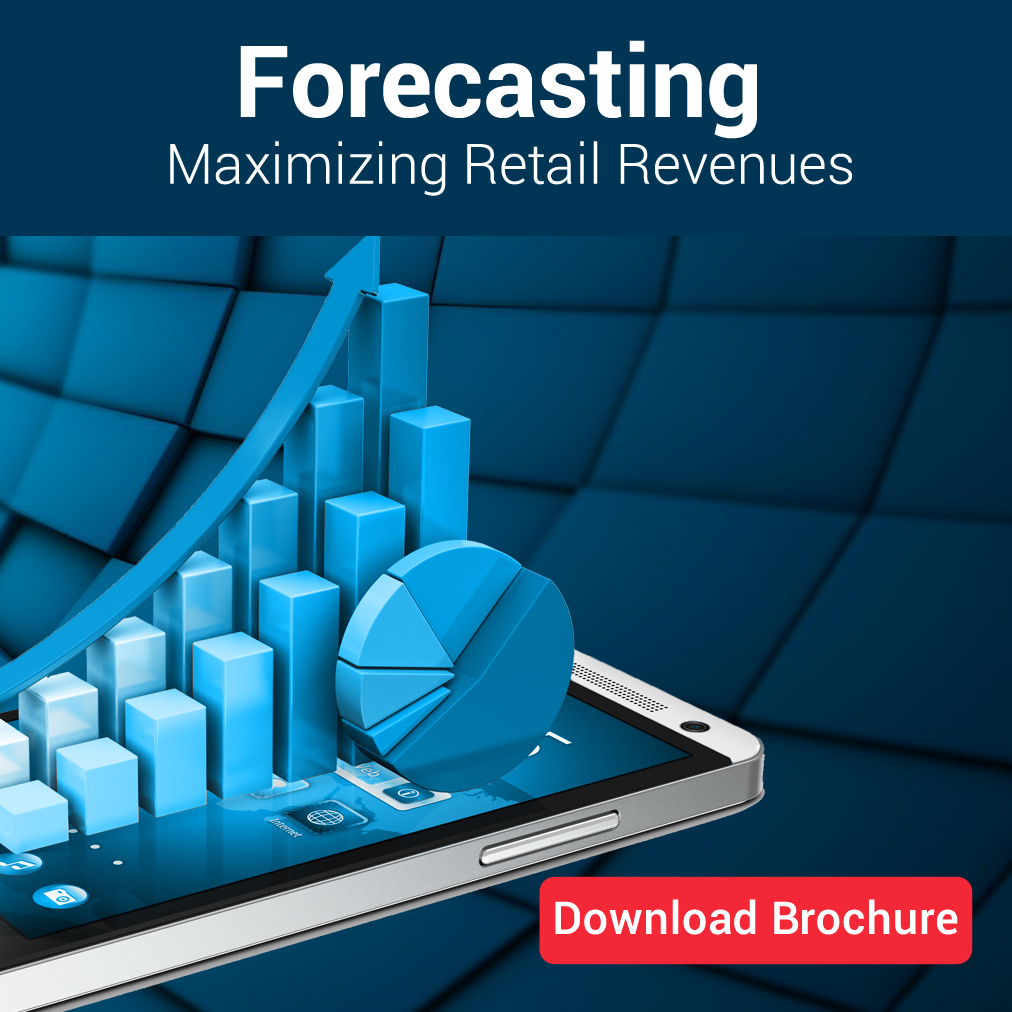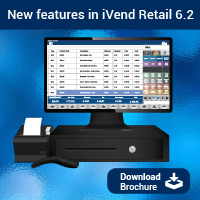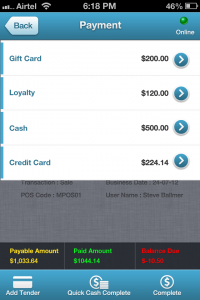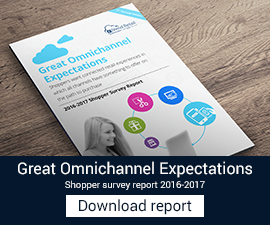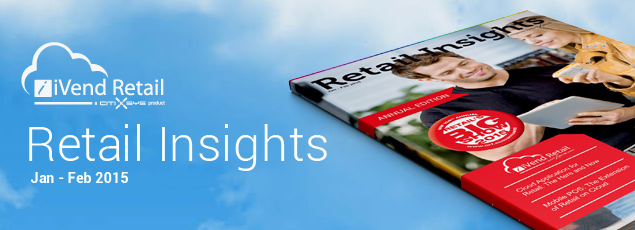
In this year’s first issue of CitiXsys Retail Insights 2015, we’ve taken up why the Cloud is the way to go for retailers. Especially for large-scale enterprise retailers, cloud-based applications may as well be the only solution which would enable them to be as flexible, adaptable and infrastructure-minimalist as they aspire to be.
The cover story outlines why and how cloud applications can help retailers to cut down IT infrastructure flab. Also, it 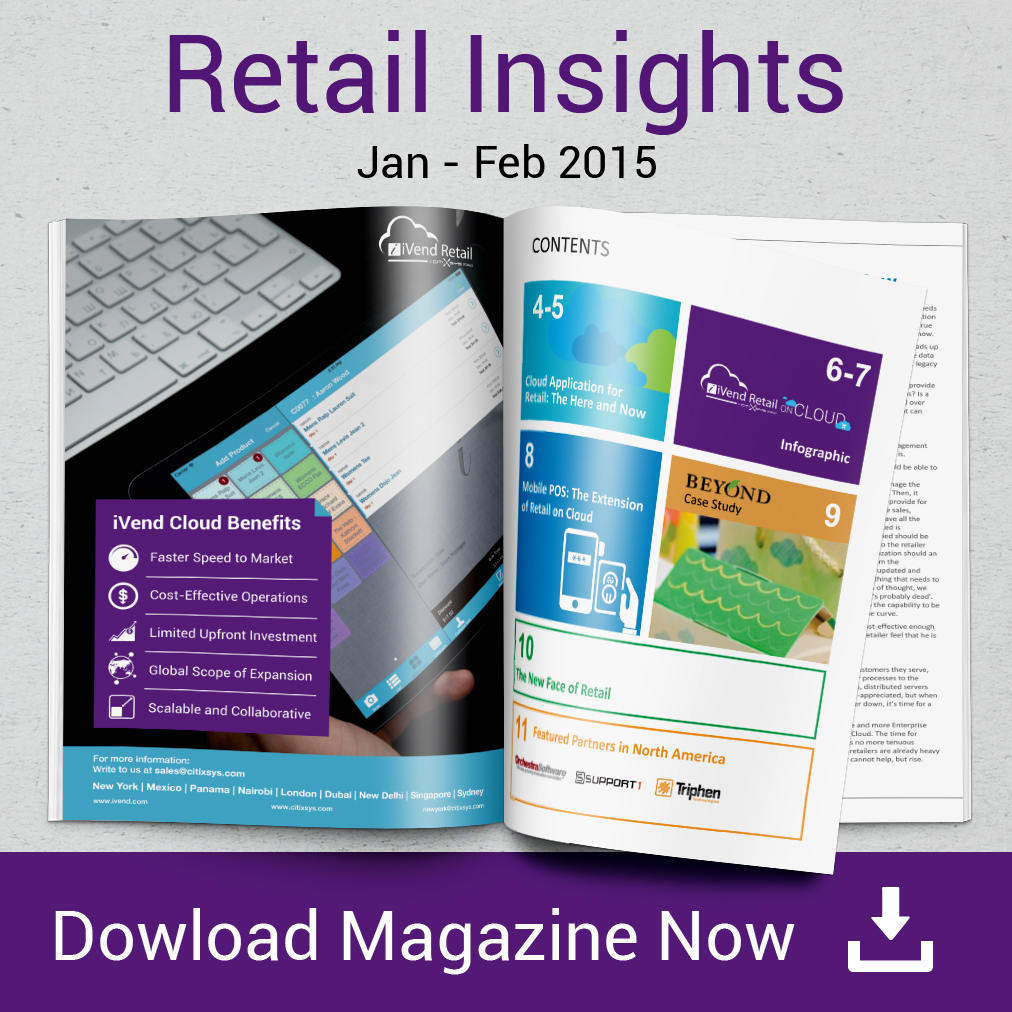 talks about the advantages of integration of every operation and process of an enterprise retail into a single, consolidated suite. And finally, the main value of Cloud in Retail: Mobile POS.
talks about the advantages of integration of every operation and process of an enterprise retail into a single, consolidated suite. And finally, the main value of Cloud in Retail: Mobile POS.
Taking the Mobile POS angle further, another article speaks further on how smartphones, tablets and iPads equipped Cloud-connected retail applications can empower store assistants and traditional POS to a whole new level of performance.
We also take a look at how a retail store might function when it is powered by a Cloud-based Retail Suite and Mobile POS. it would turn normal retail operations on its head, increasing efficiency and decreasing investment by several factors.
This issue takes a whole new look at how retail operations would change, when integrated with new technology, especially Cloud Applications.
The CitiXsys Team wishes our readers a fruitful and fulfilling year ahead.

